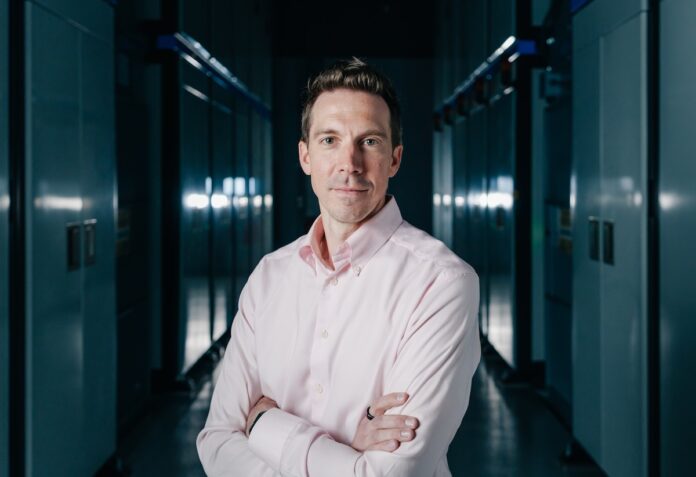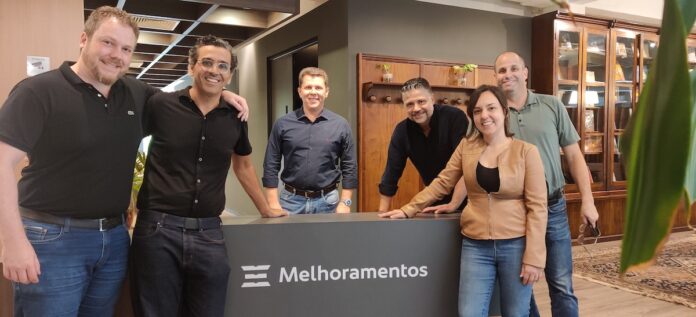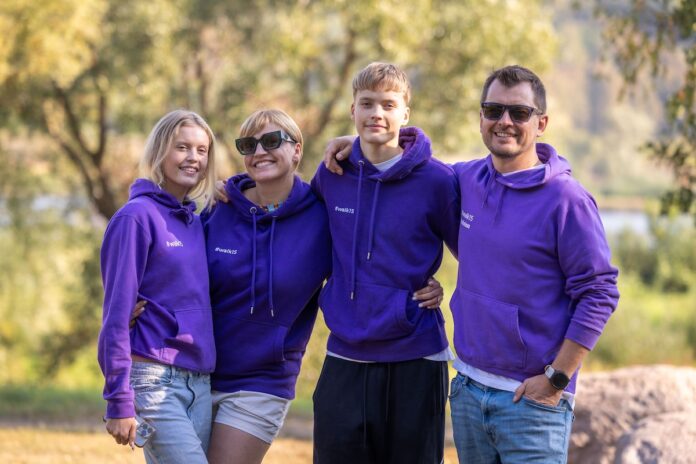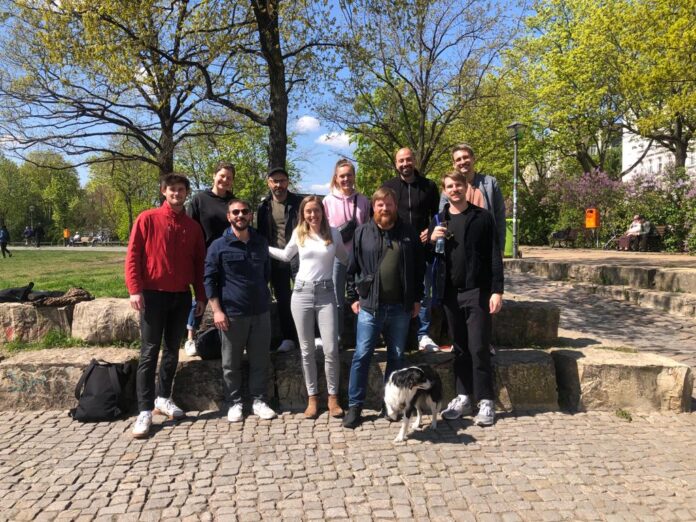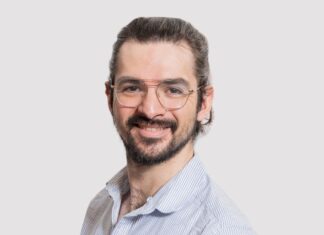2025 Marketing Insights for Small Businesses
iStock, a leading e-commerce platform providing premium content to SMBs, SMEs, creatives, and students everywhere, has released its 2025 Marketing Trends Report, packed with practical strategies to help businesses thrive in today’s trust-driven marketplace.
The report comes at a critical time when consumer trust in social media—a key tool for small businesses—is declining. According to iStock’s VisualGPS research platform, 80% of consumers in the UK don’t trust social media content, citing concerns over misinformation. However, trust in businesses remains high, with 63% of people favoring businesses over celebrities or influencers, or even politicians, and 59% preferring brands whose values align with their own. For small businesses, this is a powerful opportunity to leverage their local ties and authentic engagement to build stronger connections and outpace larger competitors.
Dr. Rebecca Swift, Senior Vice President of Creative for iStock, emphasizes the need for a bold shift:“As we enter 2025, trust will define success, and visual content will be a critical tool in forging genuine connections with audiences. For small businesses, the advantage lies not in chasing polished perfection but in creating visuals that feel human, honest, and deeply relevant. By telling real stories and reflecting diverse experiences, small businesses can establish deep, lasting trust with their audiences–proving that it’s not about looking perfect but about feeling real and relatable.”
Here are iStock’s key marketing trends to help SMBs build trust in 2025:
Real Talk: Less Influencer, More Real-User Content
The genuine feel that made influencer content connect with people is disappearing. VisualGPS revealed, 71% of people in the UK believe traditional ads are more authentic than sponsored influencer posts. Even if you don’t use influencers, this shift matters. People are tired of content that looks too perfect and want visuals that feel genuine and honest. A few years ago, User-Generated Content (UGC), like selfies and vertical videos, was seen as the most real and authentic. But in 2025, people expect more. This is where Real-User Content (RUC) comes in, a new concept from iStock experts which encourages businesses to move from “generated” content to images and videos that show “real.”
This change is affecting how people interact with visual content, especially on social media. Despite people’s lack of trust, they still find these platforms valuable, 78% of users in the UK still go to places like TikTok, Instagram Reels, and YouTube Shorts for video content to learn something new or get inspiration. In other words, people want the benefits of social media, without the negative effects. This shift has also made video-driven social search more popular, where platforms focused on video are no longer just for scrolling —they’ve become places to search and discover. In 2025, to succeed, you need to speak directly to your audience, this approach will always be more effective than a flood of generic posts.
Honesty: The New Face of Authenticity
If you’ve been paying attention to marketing trends, you’ve probably seen the word “authenticity” everywhere. But what does it truly mean? For consumers, it means being real, truthful, and original, according to VisualGPS research. And in 2025, it will still be key to building trust—97% of people in the UK say authentic images and videos are important for earning trust. However, authenticity is changing. In 2025, it’s will be about radical honesty. People don’t want perfect images—they want to see what makes your business human, imperfections and all.
Sharing raw moments, real customer stories, and the messy, behind-the-scenes parts of running a business can create strong emotional connections. Being honest is important—whether it’s showing how your processes work to teach your audience or admitting when things don’t go as planned. Even humor, when used carefully, can turn simple interactions into memorable moments. In a world full of overly polished content, honesty will help your brand stand out.
The Next Frontier: Trust-Centric AI for Forward-Thinking Businesses
Text-to-image Generative AI is a powerful tool for businesses of all sizes. However, in 2025, its successful use will depend on being transparent. While consumers are open to AI-generated ads, 86% believe it should be clearly labeled, and 61% are okay with AI-generated content IF used ethically. This means using AI to empower, not to mislead. Also, as ethical AI becomes the standard, using tools that offer commercially safe AI images with legal protection—just like any other royalty-free image—not only gives you peace of mind but also positions your business as a leader in responsible AI use, aligning with the values your audience expect.
On top of that, beyond creating images from scratch think of AI as a virtual studio that helps your team create flexible, cost-effective content. AI tools like iStock’s AI generator, allow businesses to not only generate custom images from creative prompts but also modify visuals, remove or change elements, and expand canvases to fit specific formats—all without needing expensive software or design skills. This tool even lets businesses upload reference images and product photos to build a personalized library of assets, making it quicker and easier to align visuals with your business needs, pace, and budget.
As 2025 approaches, the key to success for SMBs is embracing trust-first strategies. By focusing on
Real-User Content, being radically honest, and using AI transparently, small businesses can not only stay ahead of the curve but also lead the way in making trust the foundation of modern marketing.
To inspire and elevate your visual marketing strategy ahead of 2025 with related imagery and videos, visit https://www.istockphoto.com/.
Bildcredits: @ iStock-Alex Potemkin
Source iStock



